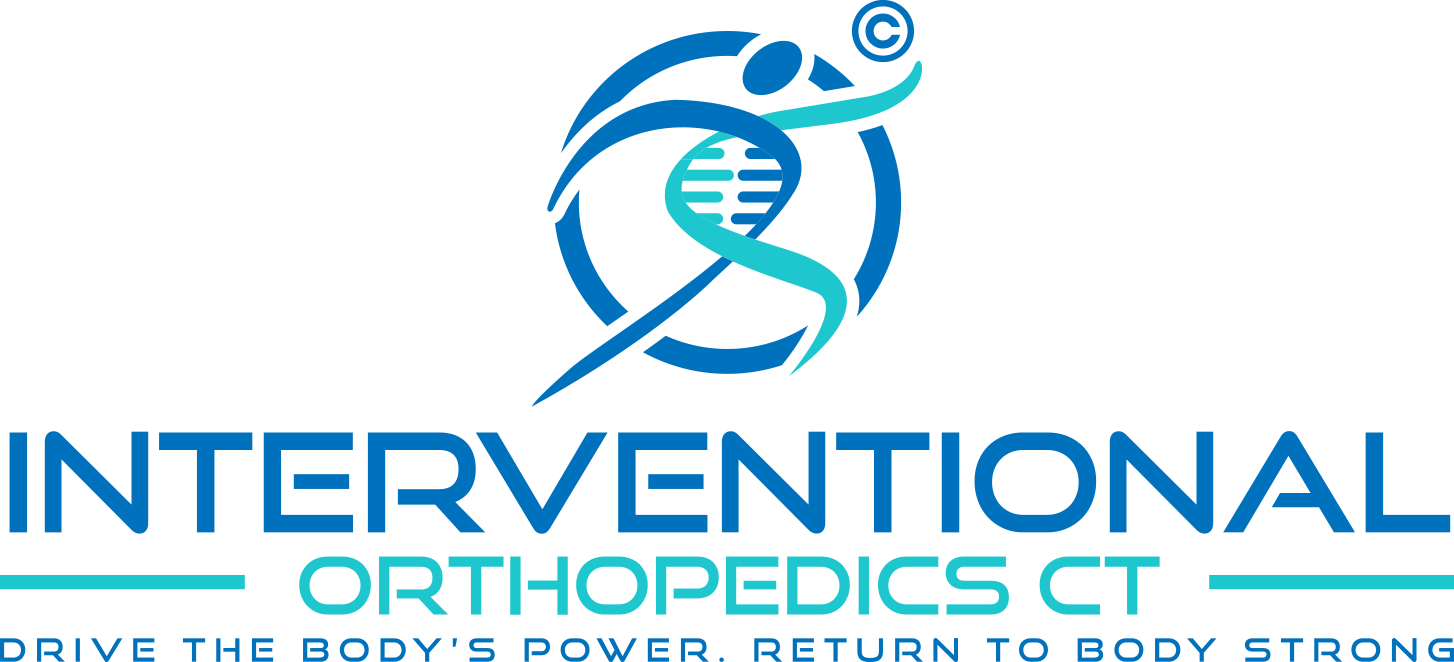Exercises & Treatment for Shoulder Impingement
The Shoulder, an Incredible Joint.
The shoulder is an extraordinary joint. It provides a stable base for the upper extremity to exert the strength and power that allows a gymnast to support the weight of the body or swing from a bar with one hand. It transmits the complicated array of blood vessels and nerves necessary for the exquisite control of the human hand.
At the same time, the shoulder has an incredible range of motion; greater than any other joint in the body. To achieve this feat, the shoulder relies mainly on the surrounding musculature of the chest, neck and back to keep the upper extremity attached to the body. It is connected to the rest of the human skeleton only through the small articulation with the collarbone.
This makes the shoulder vulnerable to injury and shoulder pain is common. Pain in the shoulder can be debilitating as it often prevents the normal function of the upper extremity. One of the most common causes of shoulder pain is Shoulder Impingement Syndrome (SIS).
shoulder impingement and exercises for recovery


What is Shoulder Impingement Syndrome (SIS)? Symptoms Include:
Shoulder Impingement Syndrome (SIS) results from some muscles, specifically the tendons of some of those muscles, being pinched between two shoulder bones. The muscles are known as the rotator cuff muscles and their tendons are known as the ‘rotator cuff’. The rotator cuff gets pinched between the bony projection of the shoulder blade called the acromion and the ‘ball’ portion of the shoulder joint. Proper function of the shoulder joint requires all the muscles that attach the shoulder to the body to work together. Impingement syndrome can be thought of as a shoulder muscle ‘imbalance’.
The imbalance in SIS is primarily a weakness of the rotator cuff muscles. These muscles keep the ball joint of the shoulder pressed against its proper seat on the shoulder blade and prevents the ball joint from slipping when reaching, lifting, pushing, or pulling. When the rotator muscles are weak, the ball joint of the shoulder ‘slips’ on its seat, rides up and ‘pinches’ the rotator cuff against the acromion bone.
Shoulder impingement symptoms include pain from irritation and inflammation of the cuff. The classic presentation is pain in the shoulder when reaching, especially when reaching above shoulder level. A shoulder impingement test that produces the patient’s pain when resistance is applied to the action of the cuff muscles confirms the diagnosis.
Shoulder Impingement Treatment & Exercises Explained. Try This!
So, the best treatment for SIS is to strengthen the rotator cuff muscles. This will stabilize the shoulder and reduce the pinching of the rotator cuff. Shoulder impingement exercises are easy to do and really offer the best long-term treatment for SIS. I’ve made a how-to video explaining the exercises and laying out a simple program for you to follow so you can treat yourself.
Try the program for a month. If you are still not where you want to be, there may be greater instability or a partial tear that needs to be addressed. At IOCT, we treat this instability and tears with precise injections of your own blood to strengthen and repair tendons and ligaments. These are simple injection procedures done in office. They have the same small risk of infection that comes with any injection procedure, but none of the risks or downtime associated with shoulder surgery.
Call us at 203-456-5717 for a complete evaluation and second opinion.

